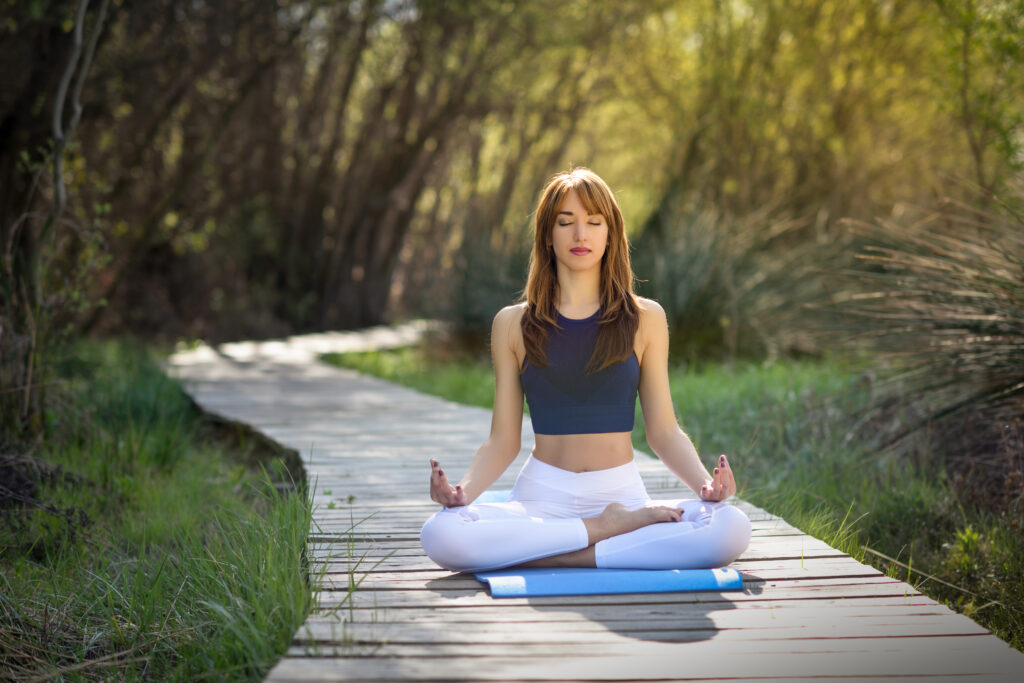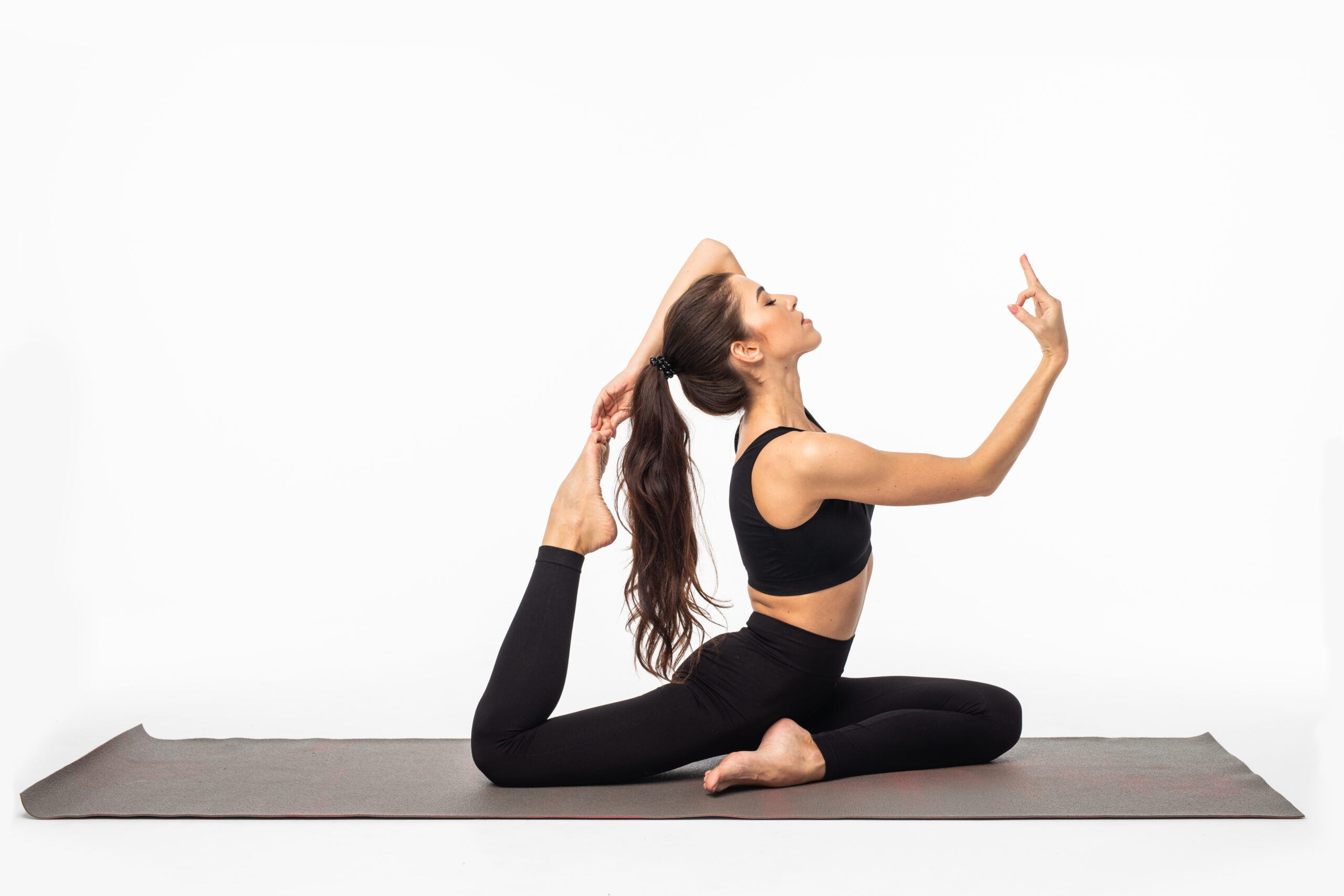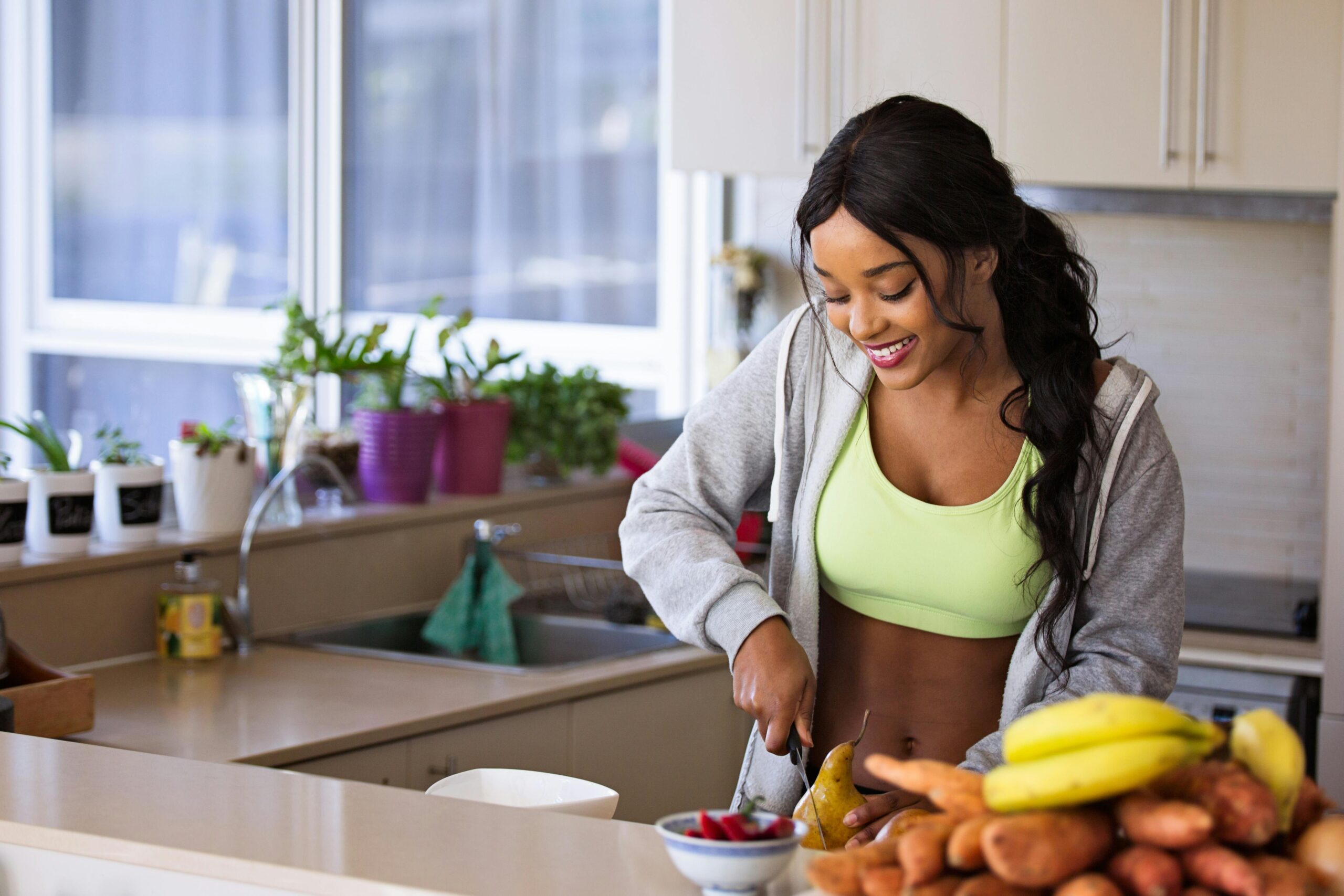Discover different types of yoga, their benefits, and how beginners can start today. Improve strength, reduce stress, and find balance.
Introduction: Why Yoga Feels Like Coming Home
In today’s fast-paced world, society often forgets to take a breather, breathe, and live in the present. Yoga is not merely stretching or bending yourself into postures, but healing, harmony, and peace of mind. Throughout history, yoga has been a means of supporting the body and mind and enlivening the spirit.
At MindQuick, we believe yoga belongs to everyone. Whether it’s relieving stress, gaining physical strength, or simply slowing down in a busy world, yoga can make you feel better and healthier inside.
What Is Yoga? (Meaning & Purpose)
The word ‘yoga’ comes from the Sanskrit term ‘yuj,’ which means ‘to unite.’ The essence of yoga is connecting the body, the mind, and the soul. It unites bodily orientation, breathing practices, and mindfulness with our way of living to bring us into harmony with our environment and ourselves.
Unlike most fitness routines, yoga is not competitive or perfectionistic. You don’t need to be lanky, capable, or a skilled practitioner to start practicing. Yoga can accompany you in the state you are, and evolves along with you.
Different Types of Yoga and Their Benefits
Hatha Yoga – Gentle Introduction
A slow-moving type of yoga that combines basic postures and breathing. Ideal for beginners who seek a gentle introduction. Improves flexibility and reduces stress.
Vinyasa Yoga – Flow with Breath
Links movement with breathing, creating a flow of poses. Dynamic and energizing, great for strength and coordination.
Ashtanga Yoga – Discipline in Motion
A rigorous and structured practice requiring stamina and discipline. Enhances endurance and body strength.
Iyengar Yoga – Precision & Alignment
Focuses on precision of posture with props like straps and blocks. Ideal for beginners and those recovering from injuries.
Kundalini Yoga – Awaken Inner Energy
Combines breathing, meditation, and chanting to awaken inner energy. Promotes emotional balance and creativity.
Bikram Yoga – Sweat It Out
Also known as hot yoga, practiced in a heated room with 26 poses. Improves flexibility and endurance.
Restorative Yoga – Deep Relaxation
Uses props to maintain gentle postures for relaxation. Relieves stress, calms the nervous system, and improves sleep.
Life-Changing Benefits of Yoga for Body & Mind

– Physical Strength and Flexibility: Strengthens muscles and joints while improving flexibility.
– Stress Relief: Reduces anxiety and helps you stay calm in stressful moments.
– Better Sleep: Improves sleep quality with relaxation techniques.
– Stronger Immunity: Boosts circulation and strengthens the immune system.
– Emotional Balance: Builds patience, self-acceptance, and mindfulness.
– Spiritual Connection: Opens a path to deeper self-awareness and peace.
How to Start Yoga as a Beginner (Step-by-Step)
– Start Small: Begin with 10–15 minutes daily.
– Choose Gentle Styles: Try Hatha or Restorative yoga.
– Create a Space: Dedicate a quiet corner with a yoga mat.
– Use Guidance: Follow online classes, apps, or local studios.
– Listen to Your Body: Never force a posture.
– Stay Consistent: Small, regular practice matters most.
Frequently Asked Questions (FAQs)
Q: What are the main types of yoga?
A: The most popular yoga types include Hatha, Vinyasa, Ashtanga, Iyengar, Kundalini, Bikram, and Restorative yoga.
Q: Which type of yoga is best for beginners?
A: Hatha yoga and Restorative yoga are beginner-friendly, focusing on gentle poses and breathing techniques.
Q: How does yoga benefit mental health?
A: Yoga reduces stress, anxiety, and depression by calming the nervous system and improving mindfulness.
Q: How often should beginners do yoga?
A: Beginners should aim for 2–3 sessions per week, starting with 15–20 minutes and gradually increasing.
Final Thoughts: Begin Your Yoga Journey Today
Yoga is not about perfection or comparison—it’s about reconnecting to your mind, body, and soul. Whatever your goal—strength, peace, or spiritual growth—yoga offers a path to well-being.
The most important step is simply starting. Place your mat, take a deep breath, and begin your yoga journey today.



